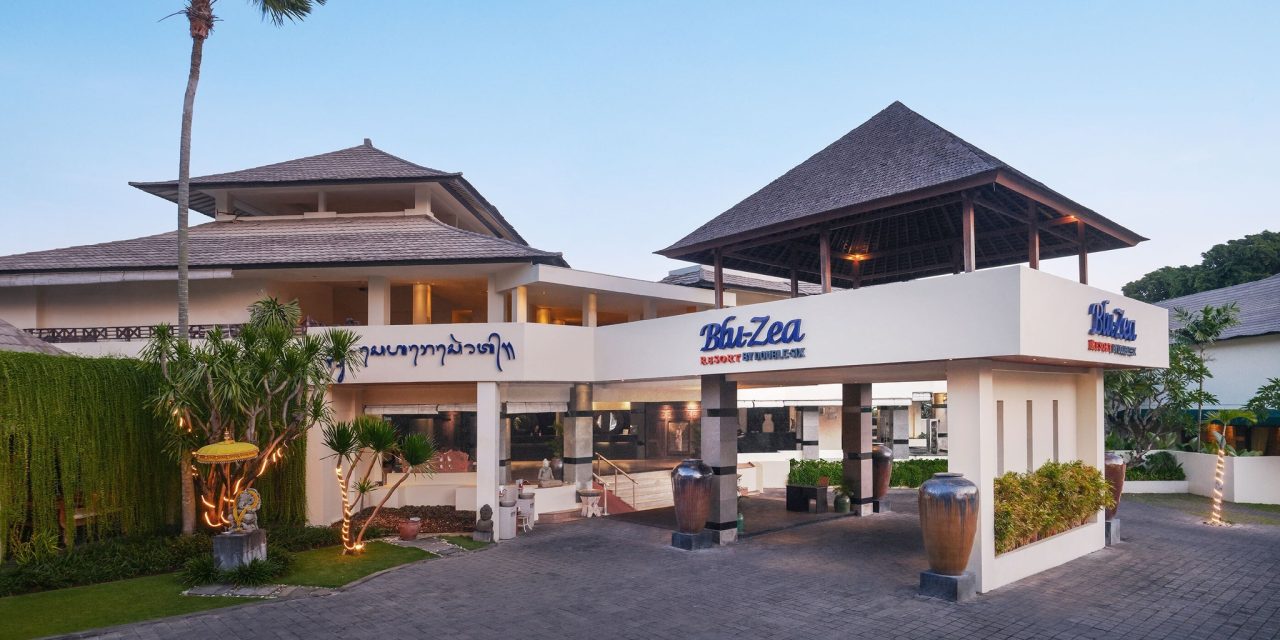When you think of Bali, the image that often pops to mind is that of idyllic beaches and swaying palm trees. However, nestled in the verdant landscapes of Ubud lies a treasure trove of historical temples, each brimming with stories that weave the rich tapestry of Balinese culture and spirituality. As I wandered through the lush rice paddies and steep ravines of Ubud, my sense of exploration guided me toward these sacred sites, allowing me to stumble upon the hidden gems of Bali’s heart.
The Majestic Goa Gajah (Elephant Cave)
One of my first stops was Goa Gajah, the Elephant Cave Temple. Located just a short drive from central Ubud, it’s quite fascinating to consider that this site dates back to the 9th century.
As I approached the cave through the lush greenery, the intricate carvings on the entrance caught my eye—however, it was the sound of trickling water that beckoned me closer. Upon entering, I was enveloped by cool darkness and the scent of damp earth. Here, in this ancient sanctuary, the Balinese Hindus believed that the cave was used for meditation and spiritual practices.
While taking photos, I bumped into a local man who shared a piece of wisdom about Goa Gajah: “This place is not just a cave; it’s a portal to connect with the divine.” His words resounded with me, reminding me to slow down and appreciate the sacred energy that pulsates through these walls.
Practical Advice:
– Tip: Visit early in the morning to beat the crowds and enjoy the serene atmosphere. Don’t forget to wear a sarong to show respect for the sacredness of the site!
The Enchanting Ubud Monkey Forest Temple
Next on my journey was the Ubud Monkey Forest, home to several ancient temples and vibrant troop of playful monkeys. Wandering through the forest, I found myself in awe of both the lush environment and the intricate temple structures.
One particular temple, Pura Dalem Agung Padangtegal, stood out with its stunning stone carvings adorned with moss. It instantly transported me to another time. As I sat on a stone bench watching both tourists and monkeys interact, I was reminded of a time in my childhood when I visited a similar temple with my family. That sense of wonder and connection transcended time and culture.
The monkeys added a layer of playfulness to the atmosphere, and I chuckled as one cheeky little guy snatched my water bottle. Amidst the laughter, a local guide explained the significance of the temple: “This is dedicated to the spirits of the dead. It shows that life is a cycle, and we should embrace every part of it, even the playful and chaotic.”
Practical Advice:
– Tip: Secure your belongings! The monkeys can be quite mischievous, and it’s best to keep your valuables hidden away.
Tegalalang Rice Terrace and the Subak Temple
While taking in the breathtaking views of Tegalalang Rice Terrace, I stumbled upon a small, unassuming temple tucked away among the terraces. This temple was dedicated to Subak, the system of rice cultivation unique to Bali, which encompasses a cooperative of farmers working together.
As I sat on a wooden bench overlooking the paddies, a local farmer shared stories of community spirit, emphasizing how the temple was a place for communal prayers, ensuring that their crops thrived. His passion was infectious, and it sparked a deep appreciation within me for the relationship between spirituality and agriculture in Bali.
Just as I was absorbing this wisdom, the sun began to dip below the horizon, casting a golden hue over the landscape. The farmer smiled and said, “We believe that the rice is a gift from the gods, and we must honor them.” I couldn’t help but feel moved by how interconnected life, work, and spirituality were in this enchanting place.
Practical Advice:
– Tip: Bring a camera and take your time at the terraces; the views are spectacular and change with the light throughout the day. Consider hiring a guide to learn more about the Subak system and its importance to Balinese culture.
The Serenity of Pura Taman Saraswati
My adventure in Ubud wrapped up at Pura Taman Saraswati, a beautiful water temple dedicated to the goddess of knowledge and the arts. It’s adorned with stunning lotus ponds and exquisite Balinese architecture. The atmosphere was serene, inviting me to pause and reflect on everything I had experienced.
Sitting on a quaint stone bench, I was approached by a friendly Balinese woman who offered to share her favorite stories about the temple. She spoke of its history, describing how it serves as a cultural hub for art performances and ceremonies. I fondly recall her laughter as she recounted moments of traditional dances held right at the temple, with the lotus flowers blooming nearby, enhancing the beauty of each performance.
“Come sit here, feel the energy,” she said, gesturing to the pond. And as I did, I felt a profound sense of peace wash over me. In that moment, I realized that these temples are not just historical sites; they are living places full of stories waiting to be shared.
Practical Advice:
– Tip: Attend one of the traditional dance performances if you can. The cultural immersion in such a beautiful setting is unforgettable!
Conclusion
Ubud’s historical temples are not just remnants of the past; they are vibrant, living spaces that invite you to explore, engage, and reflect. Each temple holds a story, a community, and a connection to the divine that transcends time. As you plan your visit to Ubud, take the time to discover these sacred sites, not just through the lens of a tourist, but as someone seeking a deeper understanding of the culture and spirituality that define this magical place. And if you ever find yourself at any of these temples, remember to pause, listen, and soak in the stories that echo through the ages. Happy exploring!






